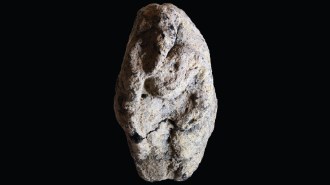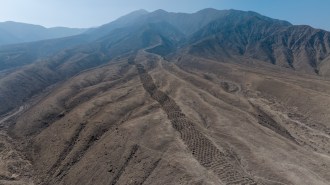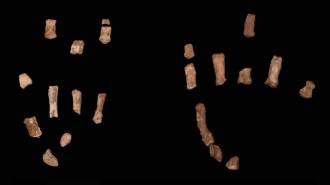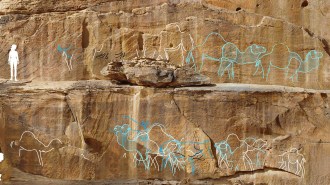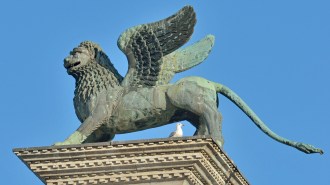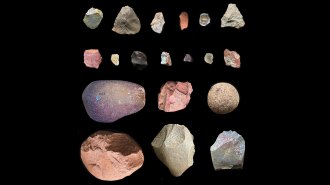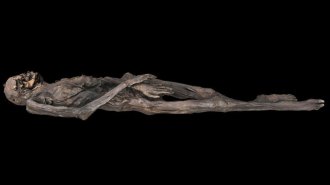Mystery still surrounds Neandertals
Excerpt from the December 4, 1965 Science News Letter
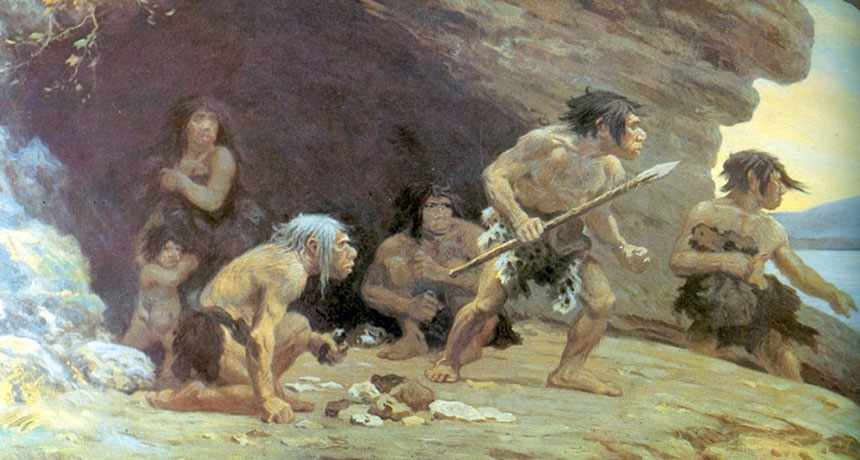
MURKY RELATIONS Once thought of as cavemen (as in this 1920’s artist’s depiction), Neandertals may have built structures, researchers discovered 50 years ago. The finding led to speculation that Neandertals were direct ancestors of modern humans, a conclusion that is still hotly debated.
Charles Robert Knight
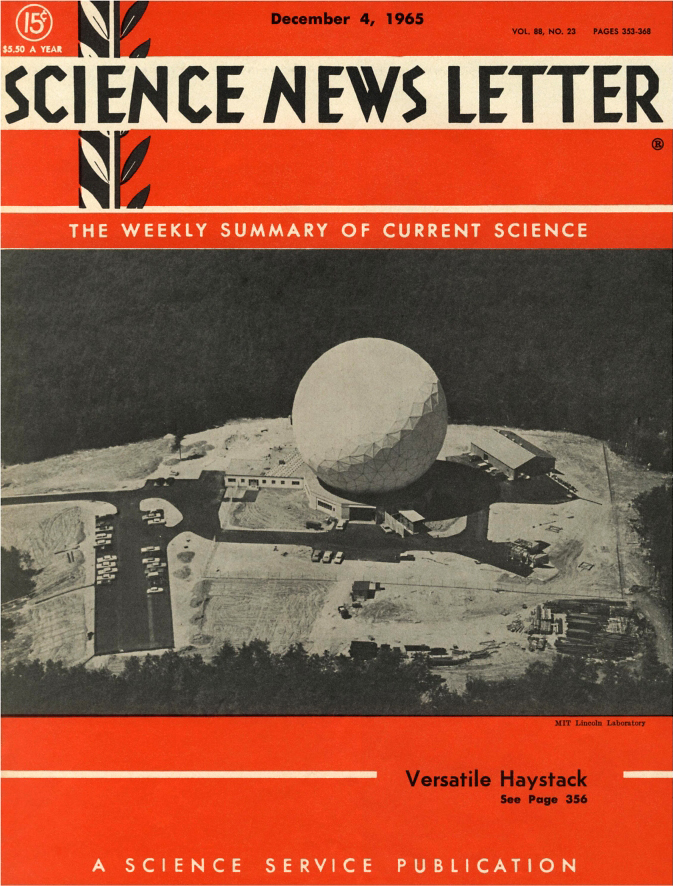 Past, Modern Man Linked — Neanderthal man may have built structures, indicating that he was far more advanced than formerly believed and implying that he may have evolved into Cromagnon man. Evidence uncovered at the Molodova site in the Ukraine … is a circle of mammoth animal bones [that] date … to the time of Neanderthal man, some 50,000 to 70,000 years ago. Directly above this site are similar bone circles dating from … less than 35,000 years ago, when man had already made his appearance. Post holes indicate that modern or Cromagnon man would cover a large area … with one single structure. … It is logical to assume that the early “man” also built structures. —
Past, Modern Man Linked — Neanderthal man may have built structures, indicating that he was far more advanced than formerly believed and implying that he may have evolved into Cromagnon man. Evidence uncovered at the Molodova site in the Ukraine … is a circle of mammoth animal bones [that] date … to the time of Neanderthal man, some 50,000 to 70,000 years ago. Directly above this site are similar bone circles dating from … less than 35,000 years ago, when man had already made his appearance. Post holes indicate that modern or Cromagnon man would cover a large area … with one single structure. … It is logical to assume that the early “man” also built structures. — 
